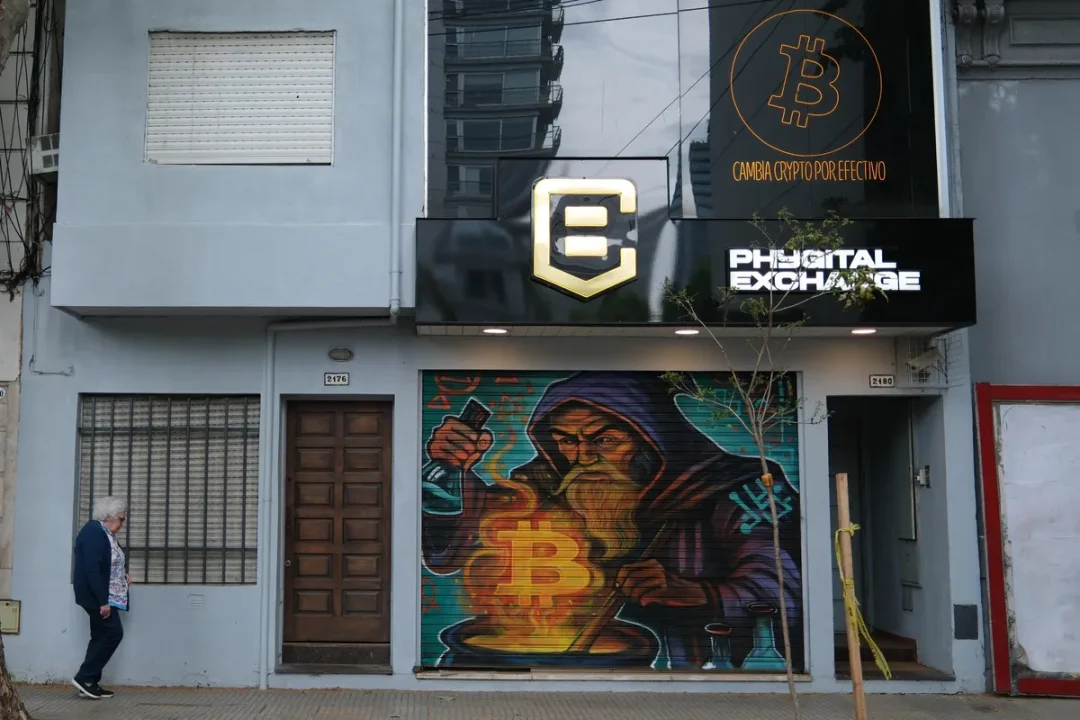News
Stay up to date on the latest crypto trends with our expert, in-depth coverage.

The Federal Reserve held its first Payments Innovation Summit, discussing the application of stablecoins, tokenized assets, and DeFi in the payments sector. The conference proposed establishing Federal Reserve accounts with limited access to reduce risks and explored how to make traditional systems compatible with blockchain. Cryptographic technologies are now becoming a central topic in payment discussions, and institutional investors may prioritize assets like bitcoin and ethereum. Summary generated by Mars AI. The accuracy and completeness of this AI-generated summary are still being iteratively improved.

The role of cryptocurrency in Argentina has fundamentally changed.


- 21:26Analyst: Investors Should Remain Cautious When Using the Bitcoin S2F ModelJinse Finance reported that the Bitcoin Stock-to-Flow (S2F) model is one of the most widely cited BTC valuation frameworks, and this model predicts that the peak price of Bitcoin in the current market cycle could reach $222,000. However, André Dragosch, Head of Research Europe at Bitwise, stated that investors should exercise caution when using this model. Dragosch pointed out that the S2F model does not take demand-side factors into account, but instead focuses its price modeling on Bitcoin halving events, where the new BTC supply is halved every four years. He added: "Nowadays, institutional demand through Bitcoin-traded products (ETPs) and corporate treasury holdings has exceeded the annualized supply reduction from the most recent halving by more than seven times." Exchange-traded funds, ETPs, and other Bitcoin investment tools provide price support for BTC, keeping the price above $100,000. With the participation of institutional investors, the market structure has become more mature. Investors and analysts are still discussing the price trend of Bitcoin in this market cycle, and whether BTC has already peaked or still has room for further growth.
- 20:50Glassnode: Bitcoin illiquid supply declines as 62,000 BTC flow out from long-term holder walletsJinse Finance reported, citing Glassnode data, that since mid-October, approximately $7 billion worth of bitcoin has been transferred out of long-term holder wallets, leading to a decrease in bitcoin's illiquid supply, which could make it harder for bitcoin price rebounds to gain momentum. Glassnode pointed out that since mid-October, about 62,000 BTC have flowed out from long-inactive wallets, marking the first significant decline since the second half of 2025. In recent weeks, bitcoin's price has retreated from the historical high of over $125,000 set in early October and is currently trading around $113,550 (data from The Block). Glassnode wrote on X: "Interestingly, during this phase, whale wallets are actually still accumulating. Over the past 30 days, whale wallets have been increasing their holdings, and since October 15, they have not made any significant sales." Glassnode also noted that wallets holding between $10,000 and $1 million worth of BTC have seen the largest outflows, with continuous selling since last November. "Trend buyers have basically exited, and the demand from dip buyers is insufficient to absorb this selling pressure," Glassnode stated. "First-time buyers are staying on the sidelines, and this supply-demand imbalance is suppressing prices until stronger spot demand returns."
- 20:08Solana Co-founder: The claim that "Layer 2 inherits Ethereum's security" does not holdJinse Finance reported that Solana co-founder toly posted on X, stating that the claim "Layer 2 inherits Ethereum security" is incorrect. Over the five years of the Layer 2 roadmap, Ethereum circulating on the Solana network via Wormhole faces the same extreme risks as Ethereum on the Base network, and the returns brought to Ethereum Layer 1 validators are at the same level. From any perspective, the statement that "L2 inherits ETH security" does not hold true.